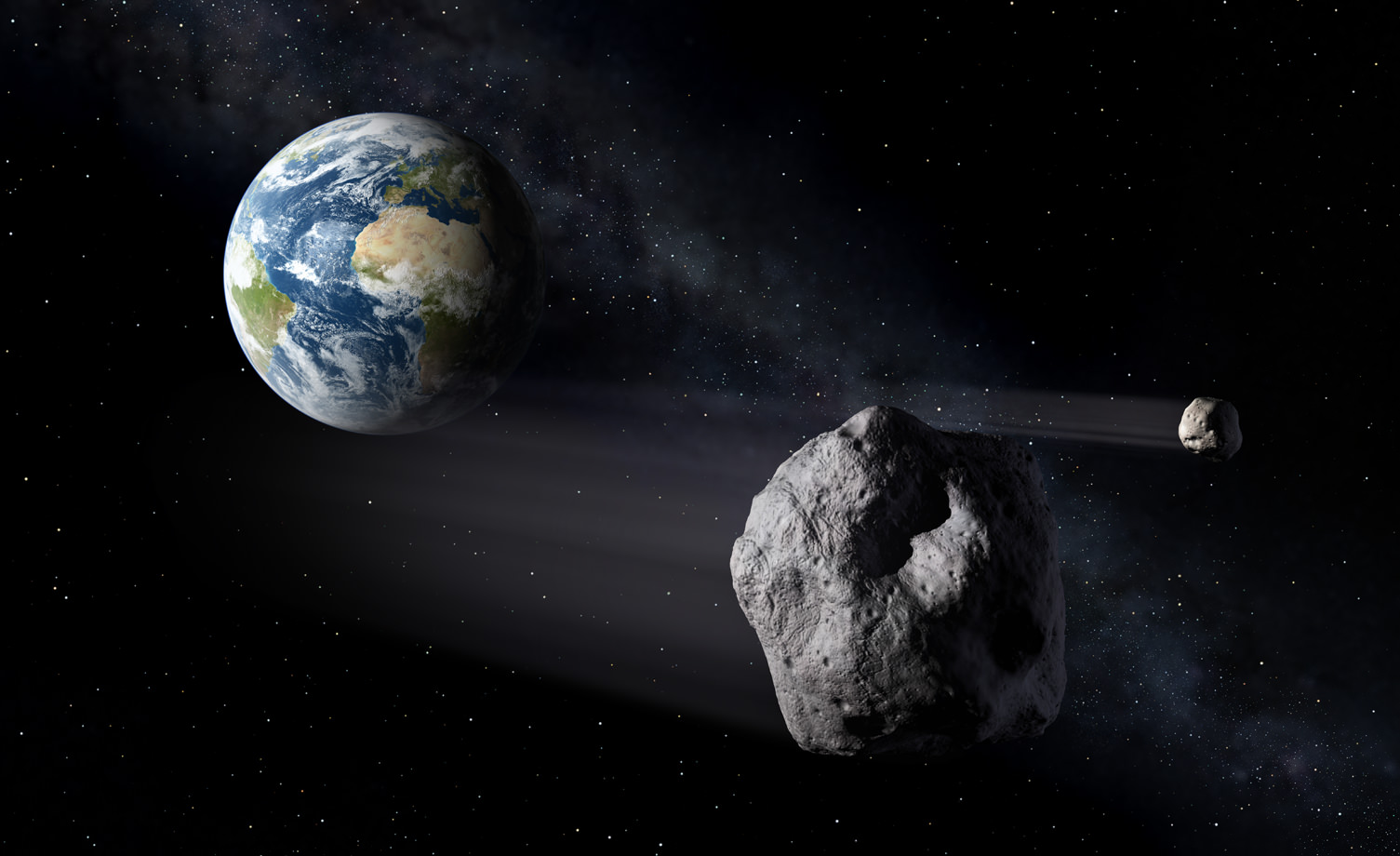NASA continues to progress with the development of the Nancy Grace Roman Space Telescope (RST), the next-generation observatory with a target launch date of 2027. As the direct successor to the venerable Hubble Space Telescope, Roman will build on the successes of Hubble and the James Webb Space Telescope (JWST). Named after NASA’s first chief astronomer, the “mother of the Hubble,” the Nancy Grace Roman Space Telescope will have a panoramic field of view 200 times greater than Hubble’s infrared view, enabling the first wide-field maps of the Universe.
Combined with observations by the ESA’s Euclid mission, these maps will help astronomers resolve the mystery of Dark Matter and cosmic expansion. The development process reached another milestone as the mission team at NASA’s Goddard Space Flight Center successfully integrated the mission’s sunshade—a visor-like aperture cover—into the outer barrel assembly. This deployable structure will shield the telescope from sunlight and keep it at a stable temperature, allowing it to take high-resolution optical and infrared images of the cosmos.
Continue reading “Construction of Roman Continues With the Addition of its Sunshade”









